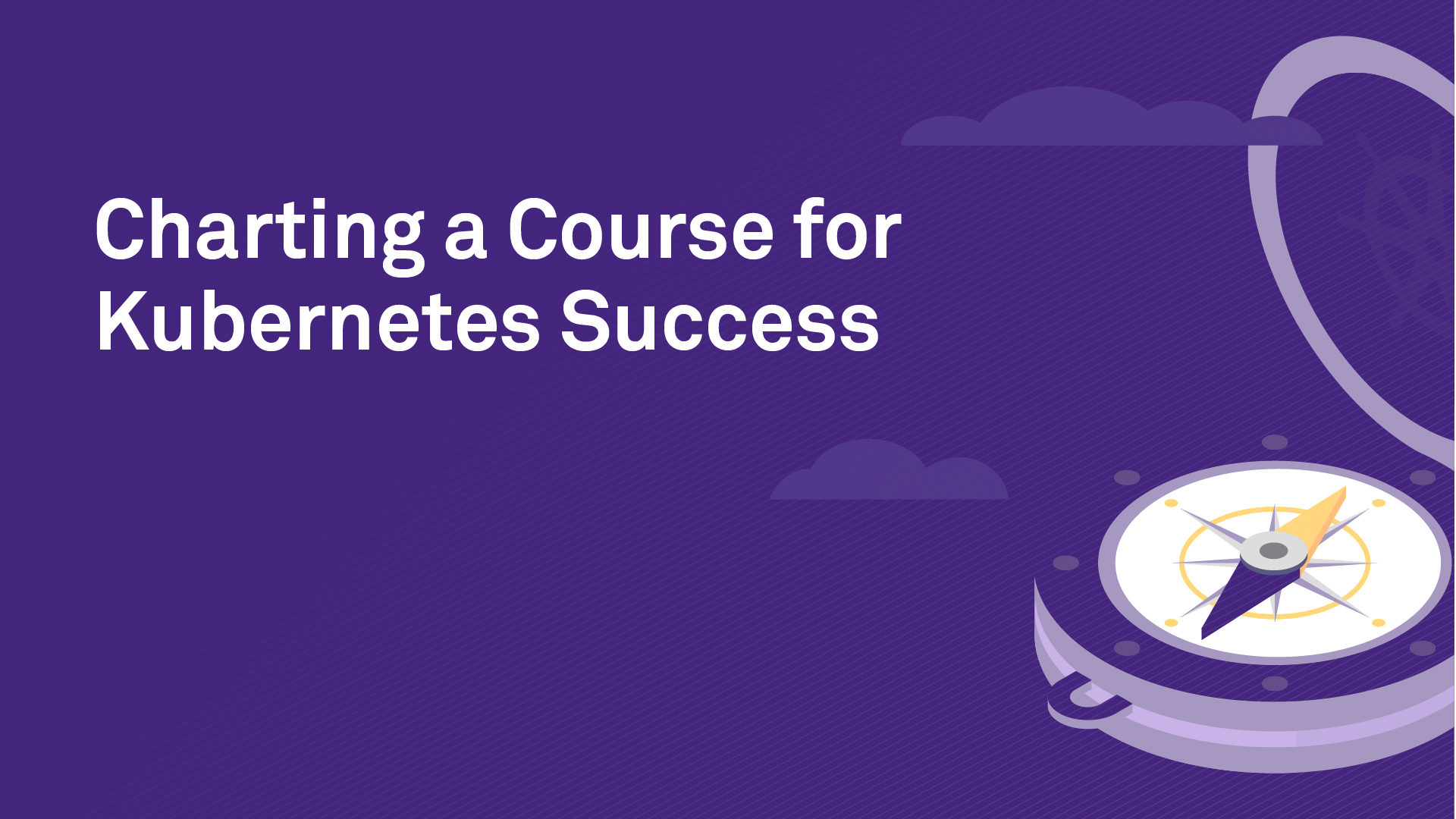
For many enterprise companies, it can be confusing to make sense of all the Kubernetes deployment models and decide on the best choice for your organization. Here's seven criteria Gartner suggests you should consider before you make your purchase:
- Operational simplicity. Here Gartner is talking about how much you can temper the steep Kubernetes learning curve. This is important since Kubernetes operations require a significantly different set of technologies and knowledge than you use to operate your existing infrastructure. It's so different that many Infrastructure and Operations (I&O) organizations struggle to climb this precipitous hill.
- Speed. How quickly can you deploy and update Kubernetes clusters? Remember: Your application development team might be clamoring for these at any time, so your I&O team needs to be able to satisfy these requests rapidly.
- Comprehensive management. Figure out how easily your I&O team can fully build out what's needed to manage production Kubernetes systems. According to Gartner, this includes integrating capabilities such as security, monitoring and storage/networking – not built into Kubernetes – but many I&O teams find this a challenge.
- Hybrid cloud and multicloud support. Determine how well the deployment model will support your hybrid cloud or multicloud use cases. This is key since it's you'll likely need to port applications across these environments at some point when using containers.
- DevOps and microservices support. Gartner advises that you determine how well the model has integrated DevOps toolchains and microservices application infrastructure. Vet this carefully since DevOps and microservices application development are the most common use cases for Kubernetes.
- Flexibility and customization. Find out how much flexibility you have when it comes to choosing operations tools and customizing Kubernetes. New operations tools are released all the time, so you want to be able to choose the ones you want. Even though Kubernetes is extensible using plugins or other means, you sometimes need to customize it, say to improve performance or to integrate with existing systems.
- Cost structure. Figure out how you'll be charged for each deployment option. This can differ significantly!
For more guidance on understanding and choosing the best Kubernetes deployment model for your organization, download "The Quick and Easy Guide to Implementing and Automating Kubernetes at Scale."









